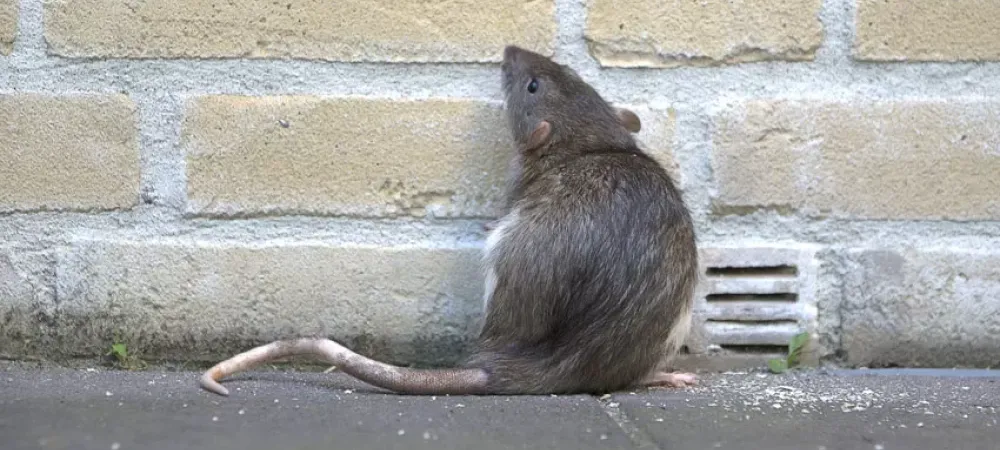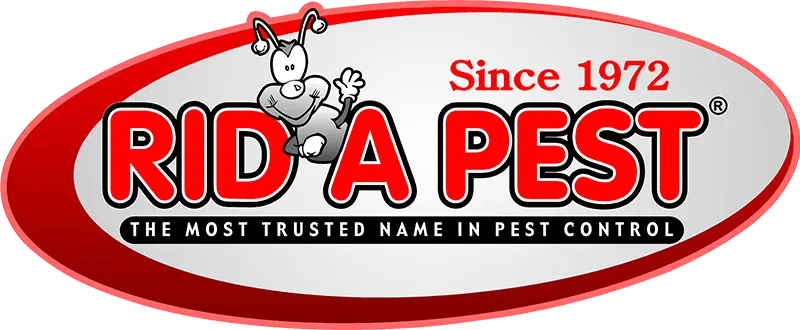What Do Rodent Nests Look Like?

North Carolina, with its mix of urban areas and lush countryside, warm climate, and abundant greenery, makes it an attractive environment for various pests, including rats and mice. These rodents can be found throughout the state, from the bustling streets of Raleigh to the quiet neighborhoods of Asheville. Rats and mice often seek shelter in homes, especially during the colder months or when they sense a food source. Knowing what their nests look like can be your first line of defense against an infestation.
How to Identify Mouse Nests
Mice are smaller and more elusive than rats, but they can still cause significant damage to your North Carolina home. Here’s what you need to know about their nests:
Where To Look For Mice Nests?
Indoor nests: Mice prefer to build their nests in warm, hidden areas. In North Carolina homes, you might find nests:
- In Wall Voids: Mice often squeeze into tiny gaps in the walls.
- In Attics: These quiet, undisturbed areas provide the warmth mice seek.
- Near Food Sources: Kitchens and pantries are prime locations as food is readily available, with nests hidden behind appliances or in the backs of cabinets.
Outdoor nests: In the more rural parts of North Carolina, mice might nest under piles of leaves, in tall grass, or even inside old tree stumps. Make sure to also check inside sheds or play houses.
What Are Mice Nests Made of?
Mice are resourceful and use whatever materials are available, such as soft materials, which they can easily shred with their teeth. Common materials include:
- Shredded paper, which can be found scattered or bundled in the nest.
- Torn fabric, often from clothing, furniture, or insulation.
- Small amounts of dried plant material, such as grass or leaves, which are sometimes mixed in.
What Do Mouse Nests Look Like?
- A mouse nest is typically small, about the size of a baseball to a softball. Despite their small size, mice often build nests that are snug and densely packed.
- The nest has a rounded appearance, but the construction is loose and seemingly haphazard, reflecting the small size and quick movements of the mice.
- Mouse droppings are small, about the size of a grain of rice, and often scattered around the nest.
How to Identify Rat Nests
Rats, particularly the Norway rat and the roof rat, are more common in North Carolina than many homeowners realize. Their nests differ significantly from those of mice:
Where To Look For Rats Nests?
Indoor nests: Rats often nest in less accessible areas such as crawl spaces, attics, and basements. Roof rats, in particular, prefer to nest high up, so attics are a common location. In older North Carolina homes, they may take advantage of structural weaknesses to nest in walls or under floorboards.
Outdoor nests: Outside, rats may burrow in the ground near foundations, under porches, or in compost heaps. They can also be found nesting in thick underbrush or beneath piles of wood.
What Are Rats Nests Made of?
Rats, like mice, use available materials to build their nest, though they often use coarser and more durable materials than mice:
- Leaves and twigs are commonly used in outdoor nests or to add bulk to indoor nests.
- Like mice, rats will shred paper and fabric to use as nesting material.
- Chewed-up cardboard pieces are often found in the nest.
- Materials like insulation are common in rat nests located within attics or walls.
What Do Rat Nests Look Like?
- A rat nest is considerably larger than a mouse nest, often the size of a footbal
- The construction is more solid and complex, with layers of materials that form a more complex and sturdy home with a defined structure that might include multiple entry and exit points.
- Rats create clear, well-worn paths leading to and from their nests. You might notice these paths along baseboards, in attics, or in your yard.
- The nest itself is typically hidden well, but you might notice rat droppings (rat droppings are larger than mouse droppings, about the size of a raisin), gnawed wood, or shredded materials nearby.
Mouse Nest vs Rat Nests
Understanding the differences between mouse and rat nests can help you identify which rodent is inhabiting your North Carolina home:
- Size: Rat nests are much larger and more solidly constructed than mouse nests.
- Materials: While both rodents use similar materials, rats tend to use coarser items like cardboard and larger amounts of plant material.
- Location: Mice prefer small, hidden spaces close to food, while rats often choose more secluded areas like basements or outdoor burrows.
What to Do If You Find a Rodent Nest
If you discover a rodent nest in your North Carolina home, it’s crucial to act quickly. Rodents reproduce rapidly, and a small problem can escalate into a full-blown infestation in no time. Here are some steps you can take:
- Do Not Disturb the Nest: Disturbing the nest can cause the rodents to scatter and create new nests elsewhere in your home.
- Call a Professional Pest Control Service: North Carolina’s climate and environment make it challenging to control rodents without professional help. A local pest control company will have the expertise and tools to eliminate the infestation safely and effectively.
- Seal Entry Points: After the nest is removed, it’s essential to seal any gaps, cracks, or holes in your home to prevent future infestations.
If you are looking for comprehensive rodent control services, look no further than Rid-A-Pest Inc.. Our team of local exterminators will perform a detailed home inspection, create a customized treatment plan, use proven control methods, remove damaged insulation, and even perform exclusion services to make sure the rodents stay gone. Contact our team today!
